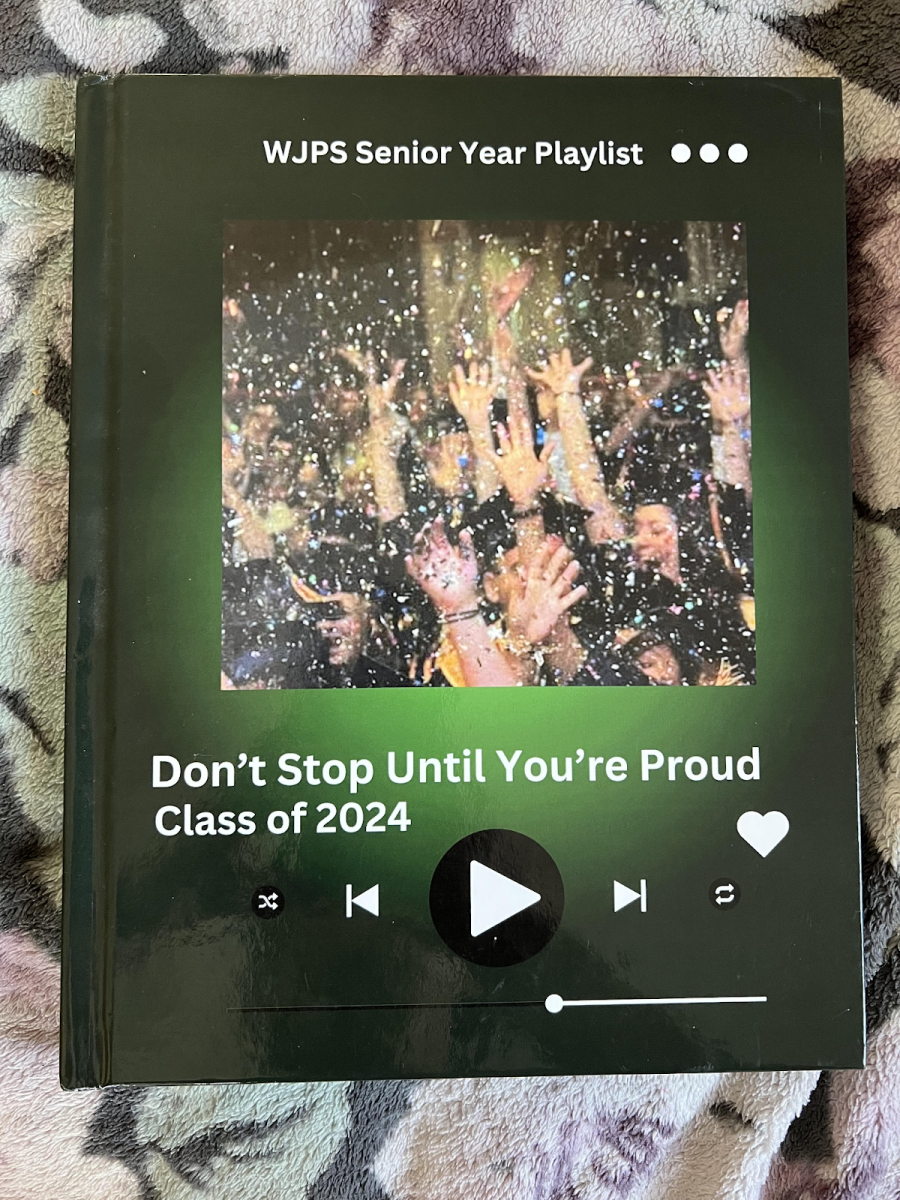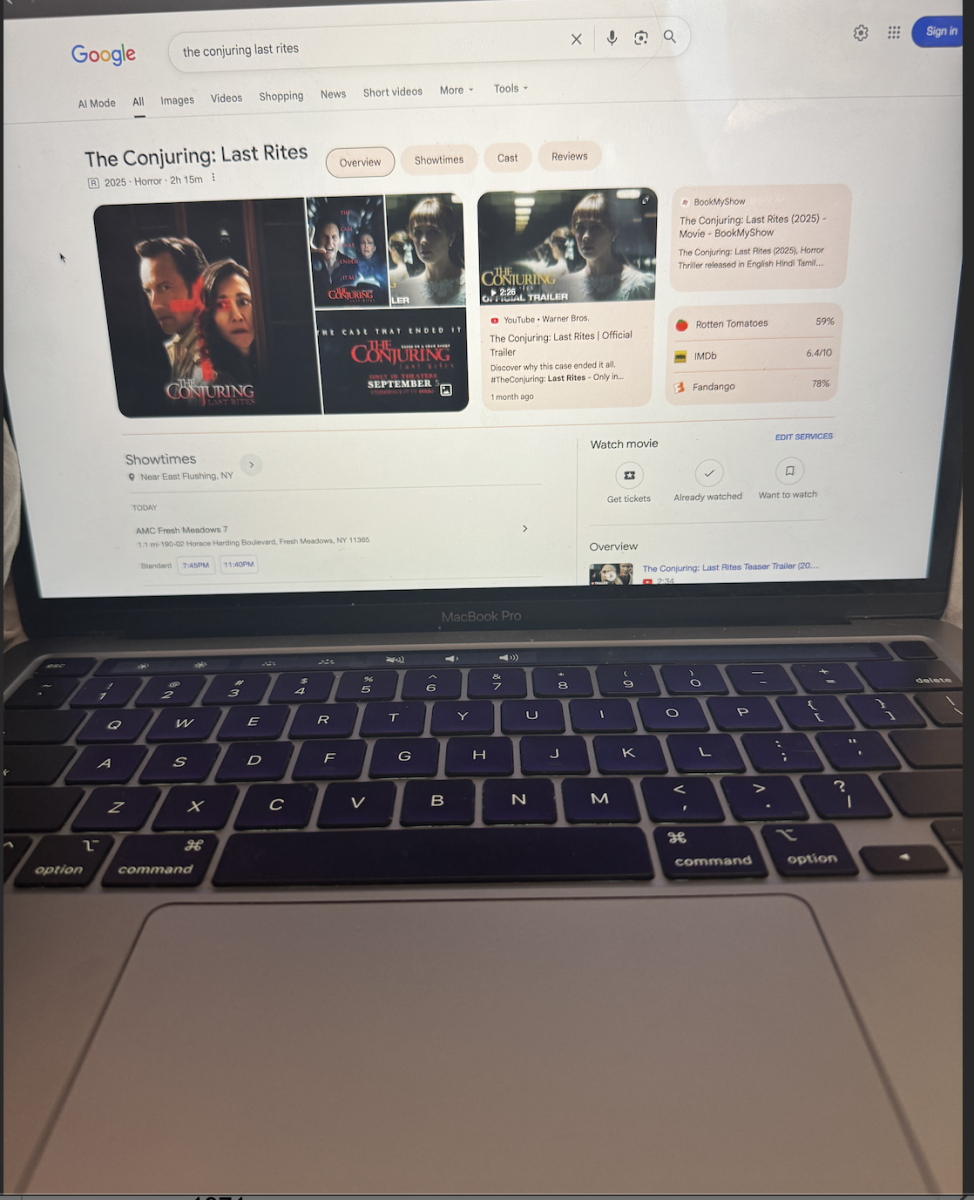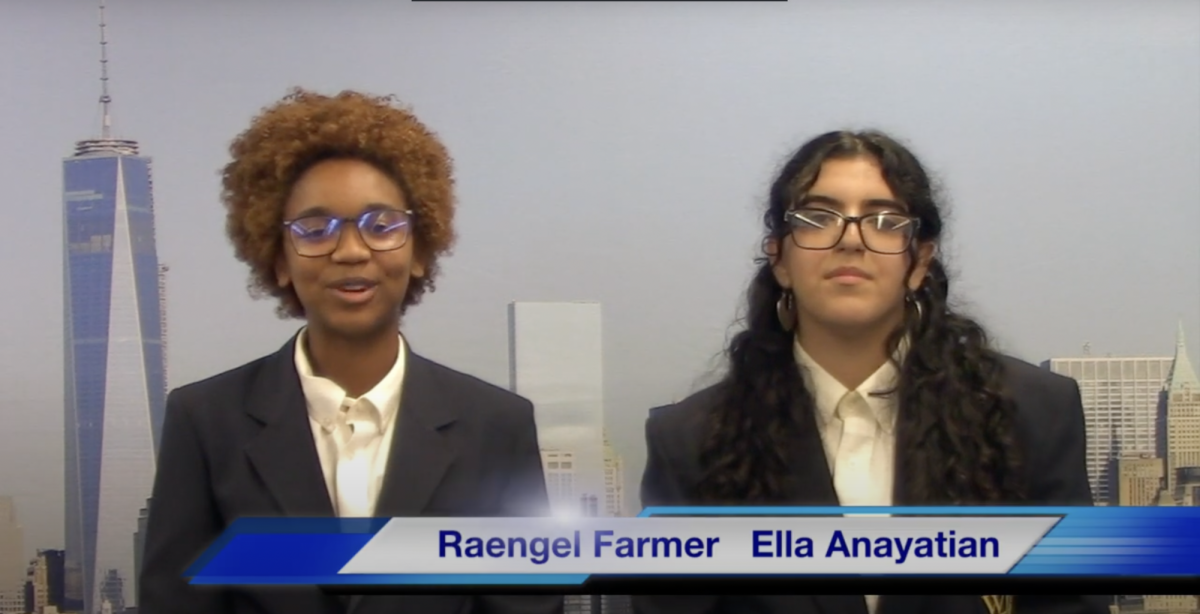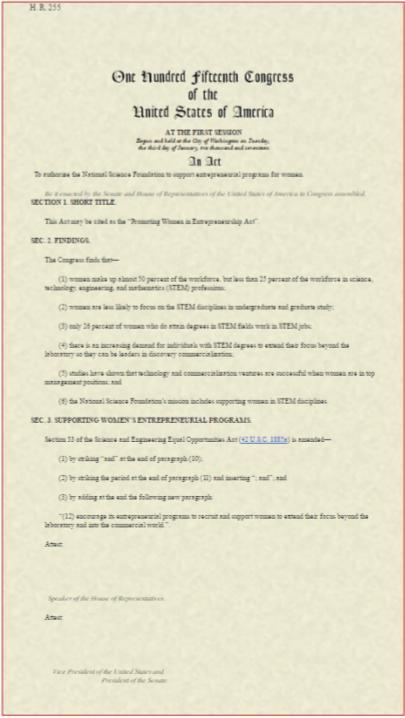
by Kay Kim, junior editor in chief
Over the past years, the English Language Arts standardized state tests in New York have changed significantly. The ELA test already took change in 2013 when it aligned to the Common Core Learning Standard (CCLS).
The biggest change that took place this year was that students were not given time limits to complete their exams. They had from the start of the day until the end of the day to answer all the questions and review their answers.
“Shock. This [no time limit] was something I’ve never experienced. I was happy that this would alleviate any added pressure for my students, but I also wondered if this would prepare them for other tests in the future,” seventh grade English teacher Mrs. Devine said.
Another change was the option for student to opt out of the test.
To accommodate the newly formatted test, that took place from Tuesday, April 5th to Thursday, April 7th, middle school teachers prepared their students in various ways.
Sixth Grade
Sixth grade English teacher, Mrs. Bernhardt, incorporated passages from previous tests into her lesson plans. She wanted to expose her students to different genres, reading levels, and varied lengths of texts that may be presented in the exam.
Mrs. Bernhardt also focused on analyzing and identifying the type of question topics and prompts. Her students also studied high-frequency vocabulary.
She was able to balance her students’ enthusiasm of learning by creating engaging and informative classes along with solving test packets.
“Making the lessons engaging and meaningful are at times challenging. There needs to be a certain balance. You want students to be prepared and confident. However, if you use too many test packets and discuss the test too often, they start to reach an oversaturation point,” sixth grade English teacher Mrs. Bernhardt said.
A student explains his experience with the test.
“In my opinion, it [the test] felt a lot easier than what it used to be. The questions felt different. They were easier than last year. She [Ms. Bernhardt] taught us how to create essays very well. She also taught us IRAFT*,” sixth grade student Nicholas Martinez said.
Seventh Grade
Seventh grade students prepared for the exam by reading and writing a wide range of texts and prompts to meet the standards that were provided by the Writing and Language strands of the CCLS. Reading passages included the required texts provided by the Engage New York curriculum, as well as other articles, poems, and argument pieces.
As students read the texts, they were encouraged to “close read”. Close reading is a technique in which students are instructed to annotate passages. Annotating would help students understand why they are reading and what they are going to do with the newly attained information.
“The core idea is that annotation should help the reader during and after the reading,” Mrs. Devine said.
Students found annotation to be an effective test-taking strategy.
“There were a lot of inferencing questions and you had to really dig into the passage. Annotating helped because you don’t have to read the passage again. You only get the important points,” seventh grade student Nicole Kim said.
Eighth Grade
Students in the eighth grade started their test prep earlier in the school year. Every Friday, Ms. Kiousenterlis spent class times by reviewing for the test.
“Throughout the course of the year, I have always dedicated Friday class sessions to review, I called it ‘Flashback Fridays’. On Fridays we discussed literary terms and other key concepts. I also developed game-board activities where the students looked closely at student responses from previous years, and had to determine what score they received,” eighth grade English teacher Ms. Kiousenterlis said.
Assessing student responses assisted the students to familiarize themselves with the expectations of short responses and extended responses.
To meet the standards of the test, Ms. Kiousenterlis focused on several major topics. They included identifying theme and central idea, using context clues to determine word meaning, effectively citing evidence, and making meaningful annotations.
A student explains her experience in Ms. Kiousenterlis’s class.
“We reviewed each topic – summary, theme, etc… She told us to annotate the text. She also taught us how to write – restate, answer the question, use two quotes, and tie it up. IRAFT – that’s the best way for me,” eighth grade student Liana Mamone said.
Overall, teachers advised students all year long to familiarize them with the expectations of the test. Lessons were planned accordingly to the common core system and the changes that took place.
“I am hoping that we will see improvement in student scores. The transition to have unlimited time went smoothly and I would like to see the same thing in place next year,” Ms. Kiousenterlis said.
*IRAFT is short for Indent, Restate, Answer, For example…, Tie it up. It is a technique that gives a general outline for how students should answer short response questions.












































